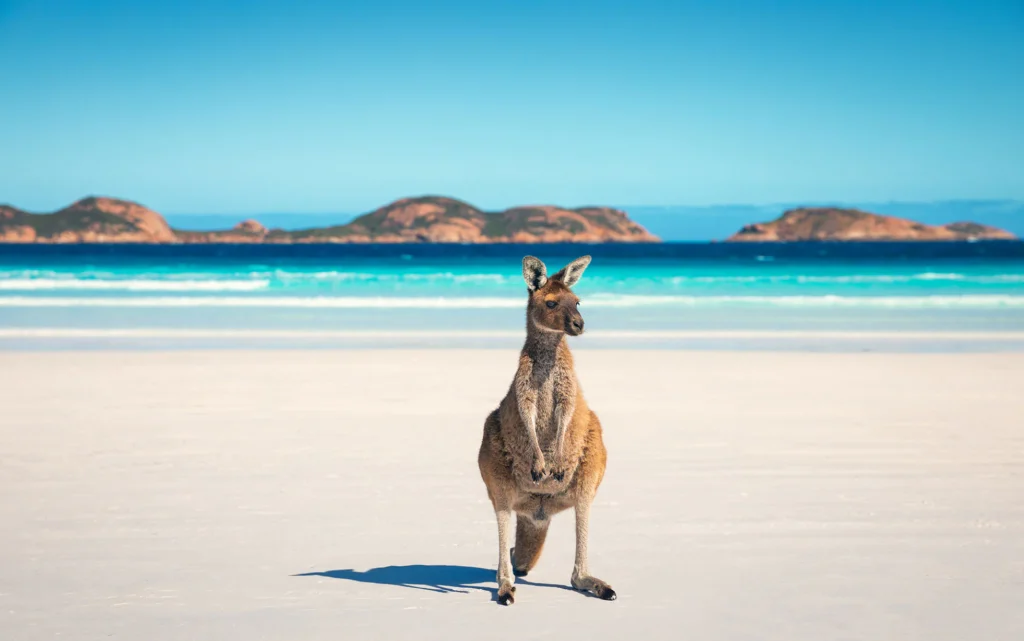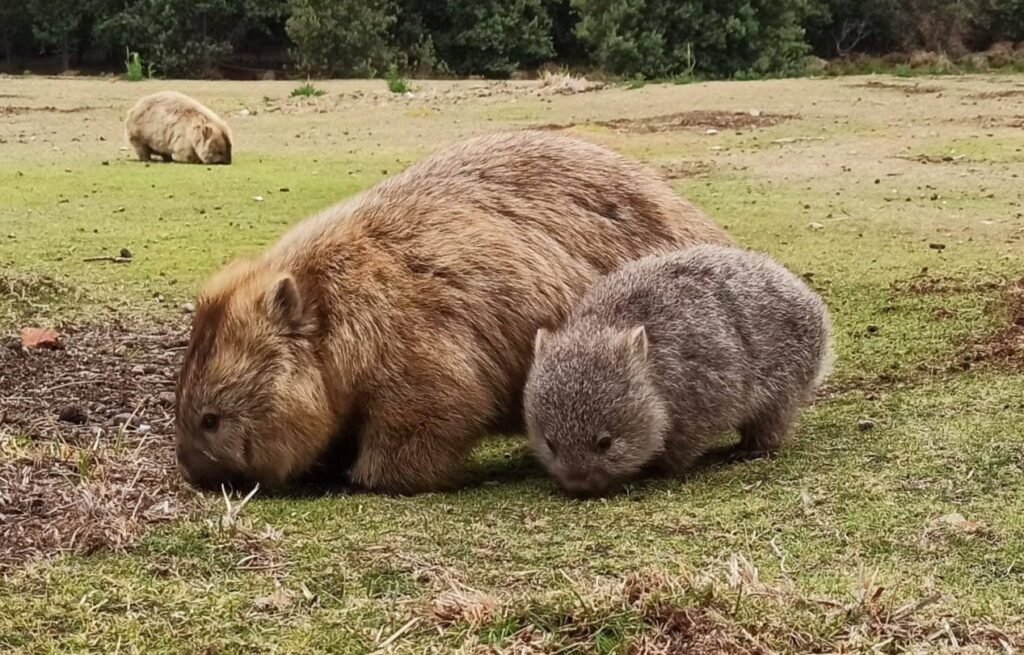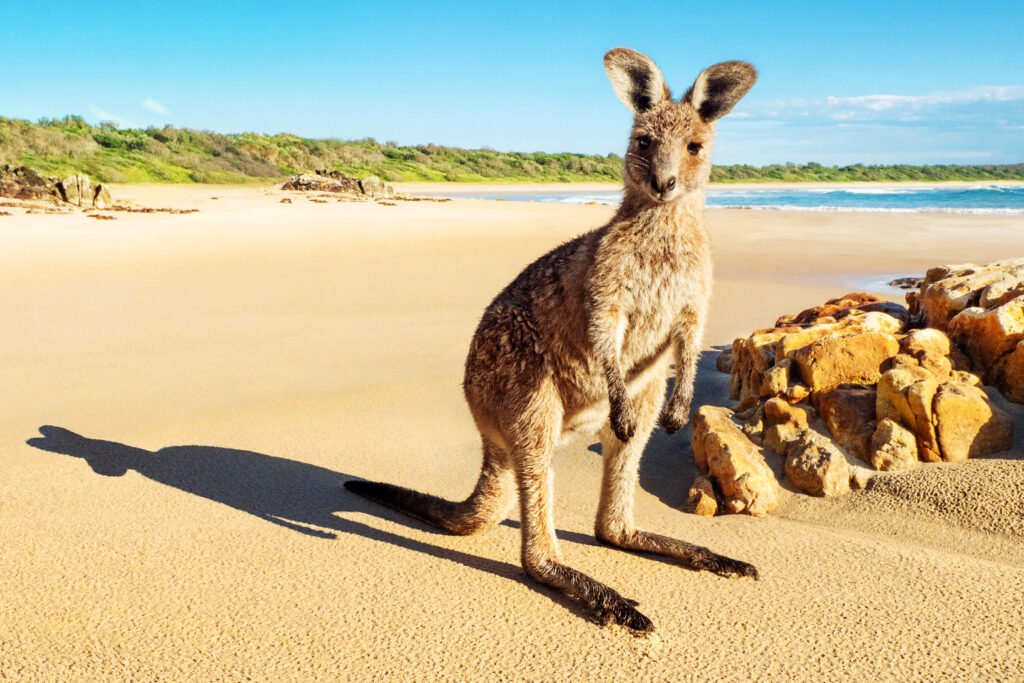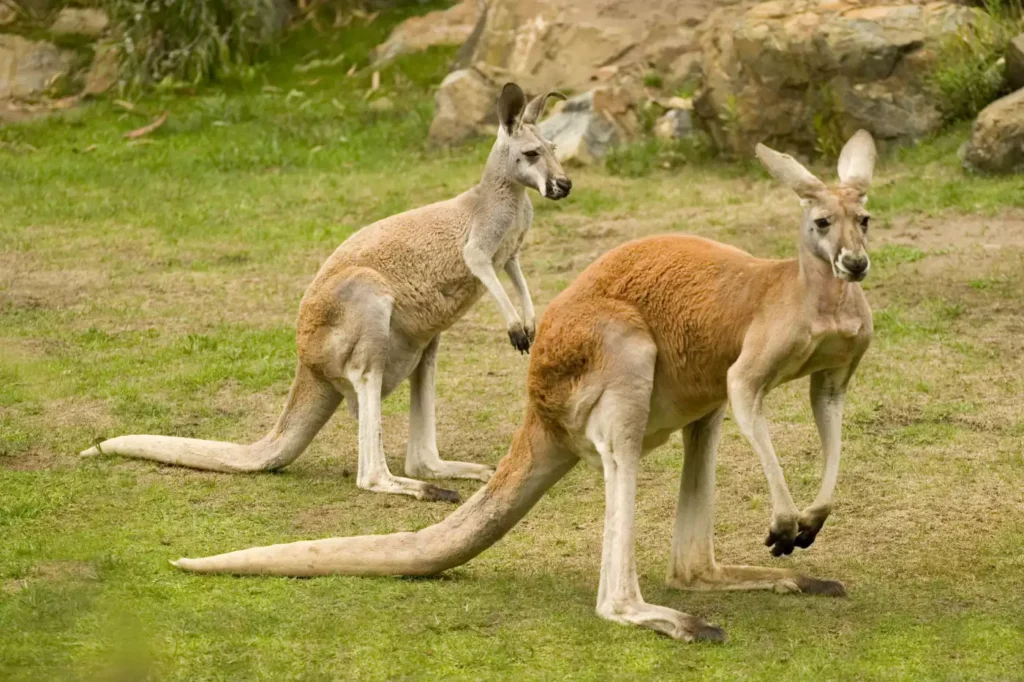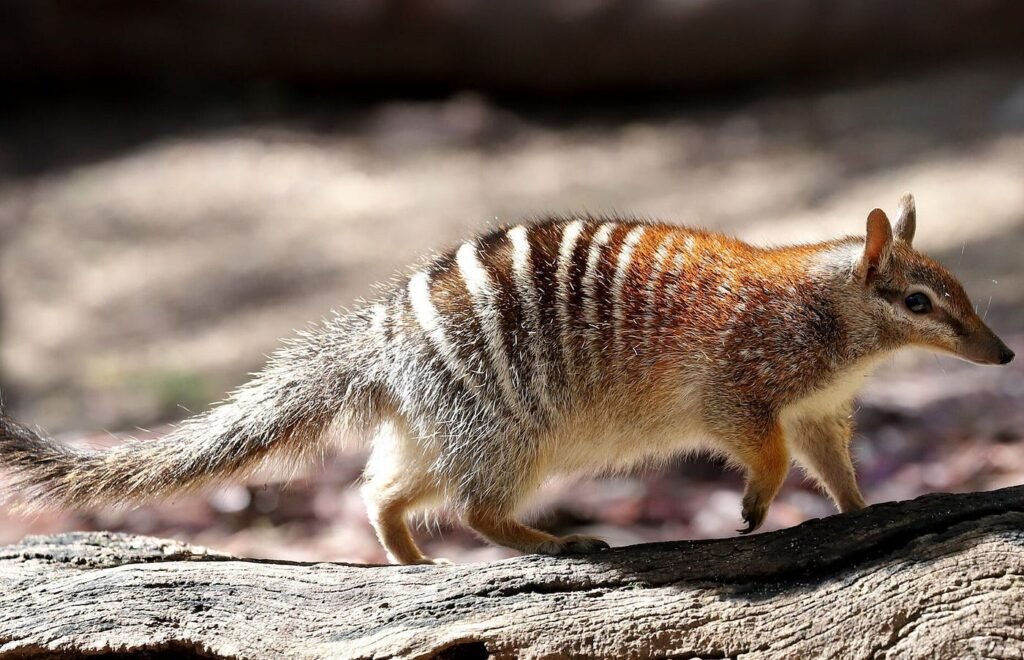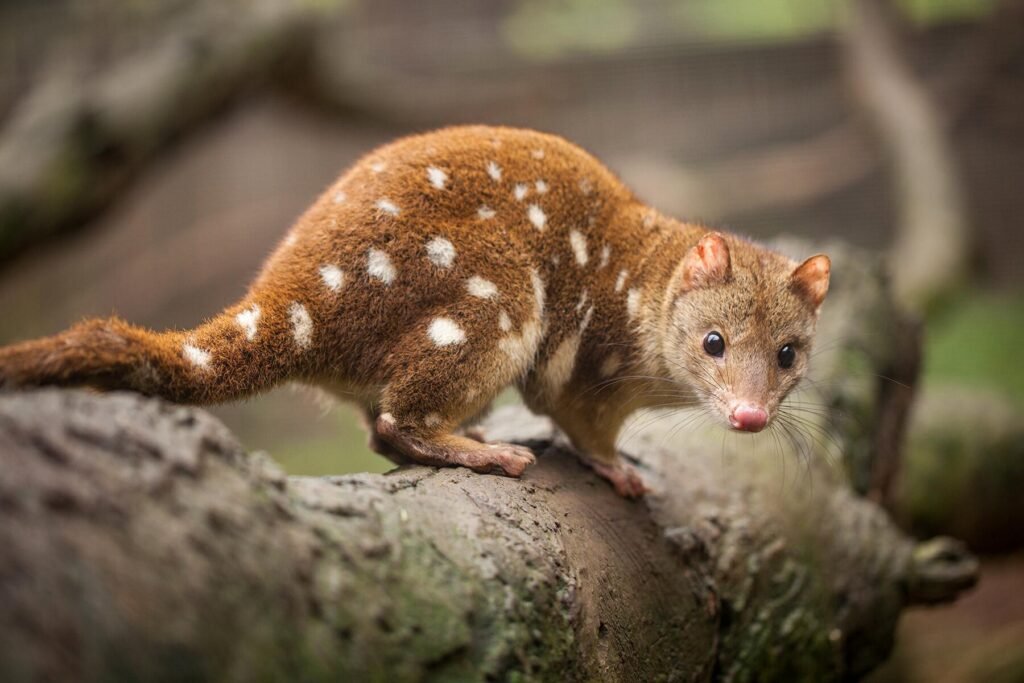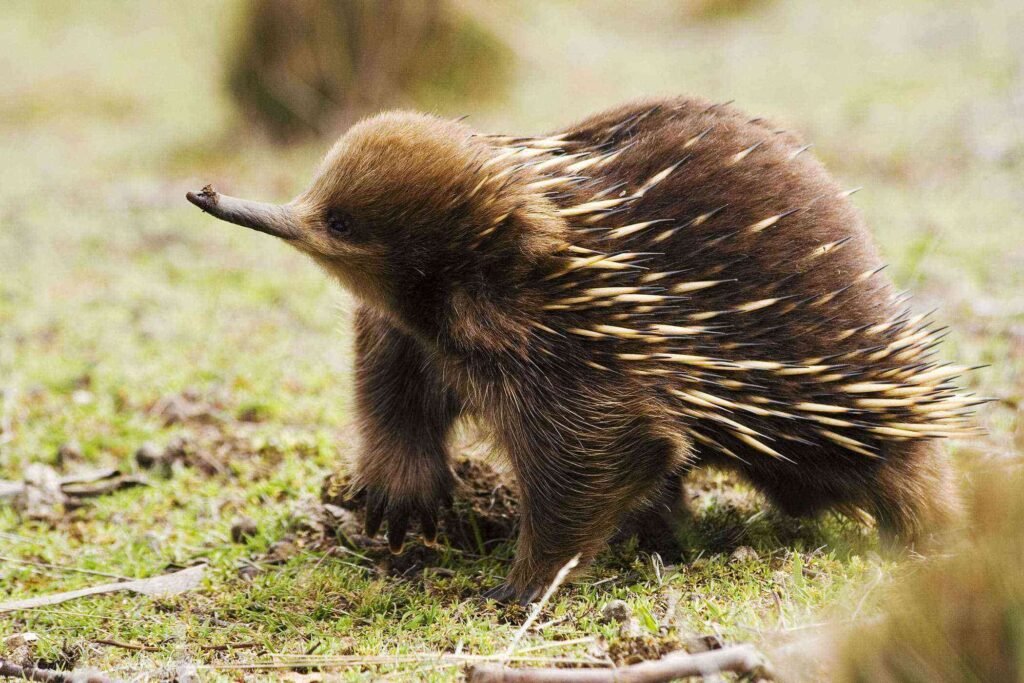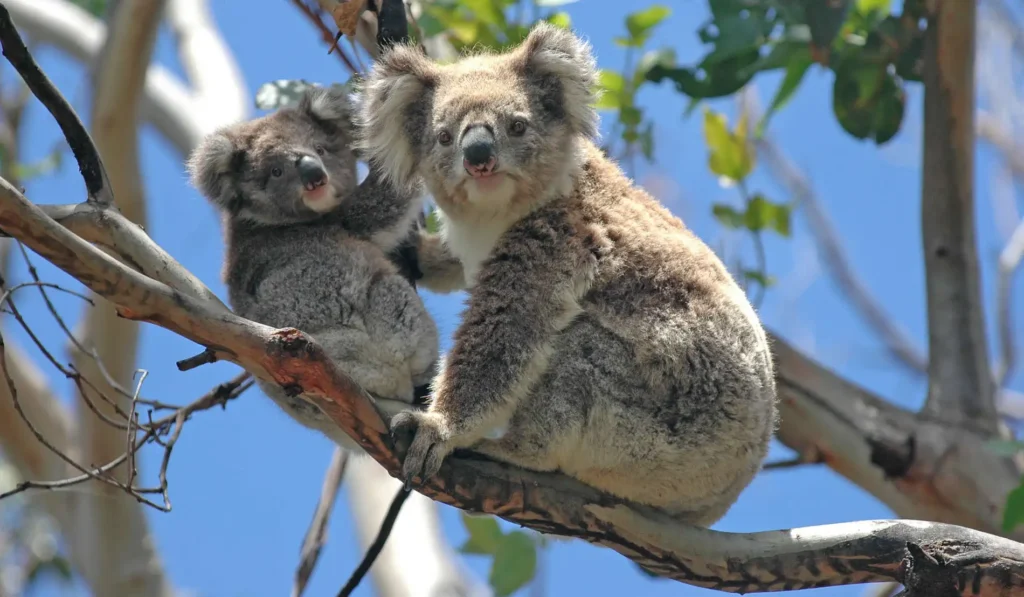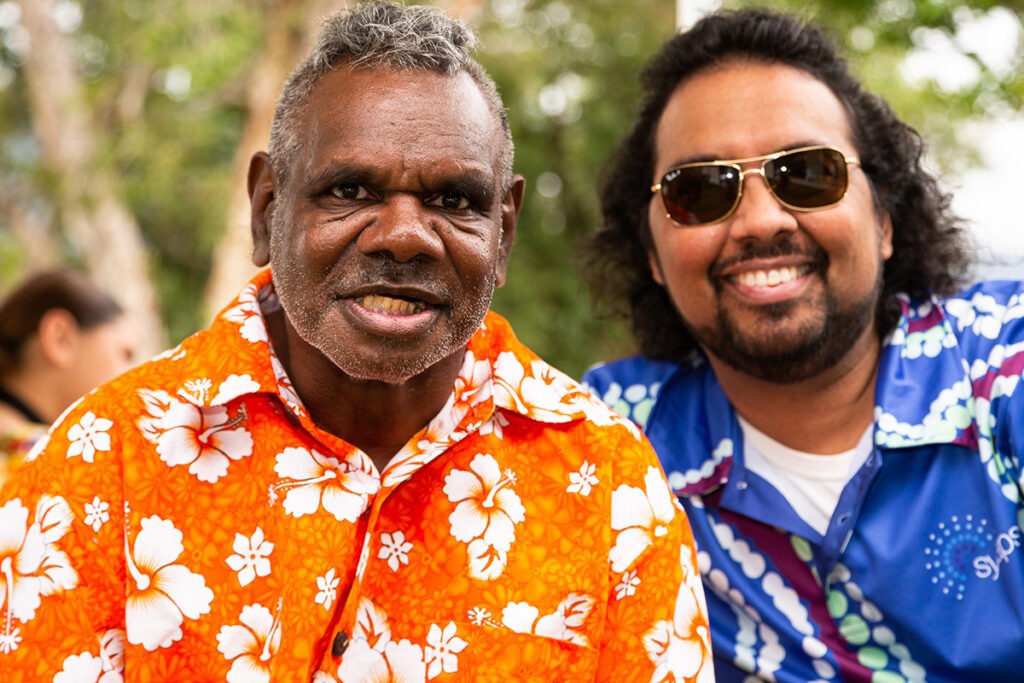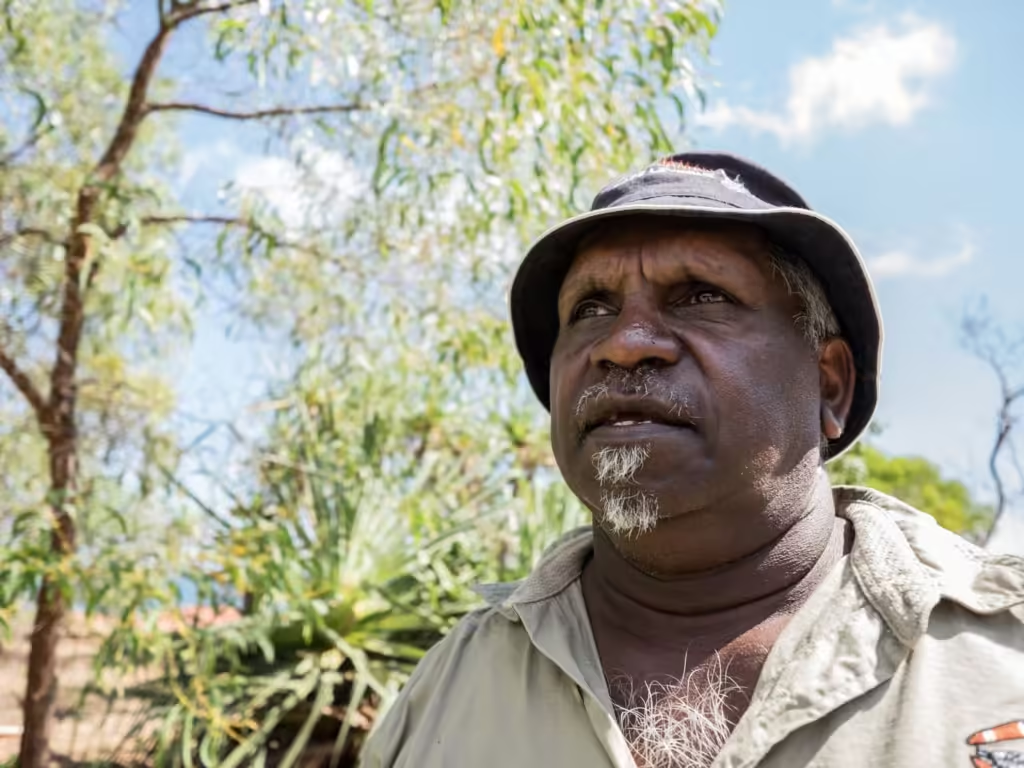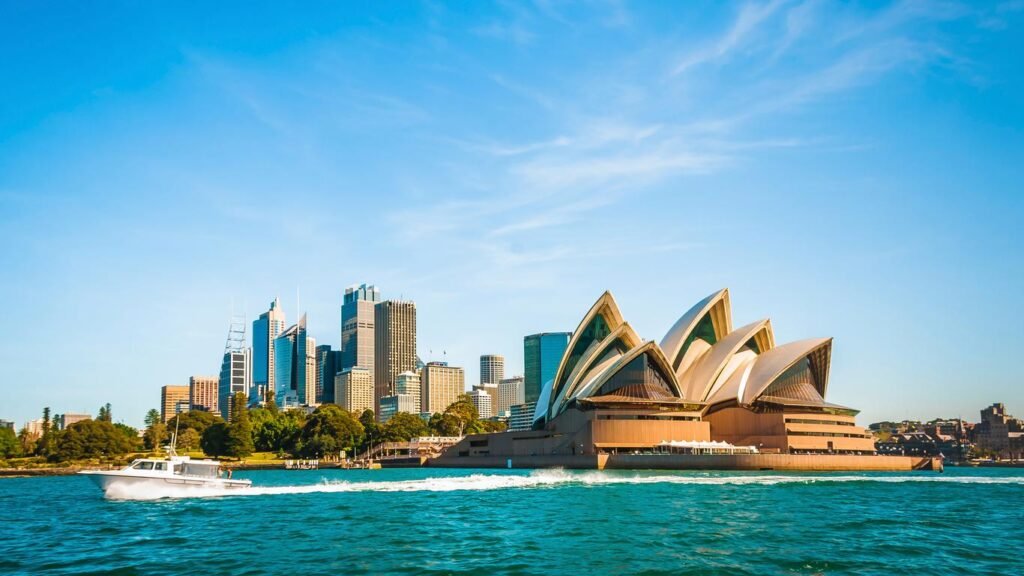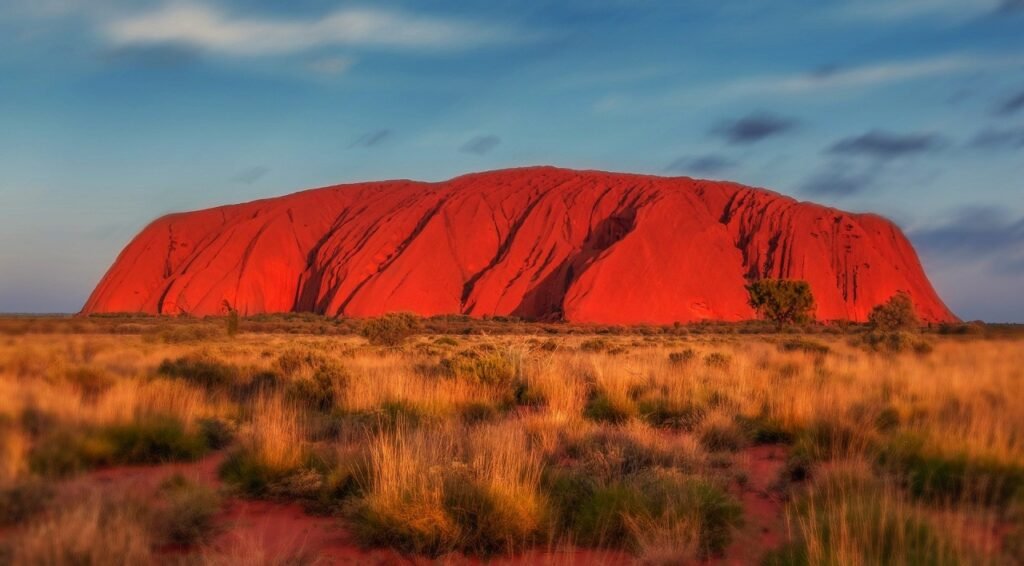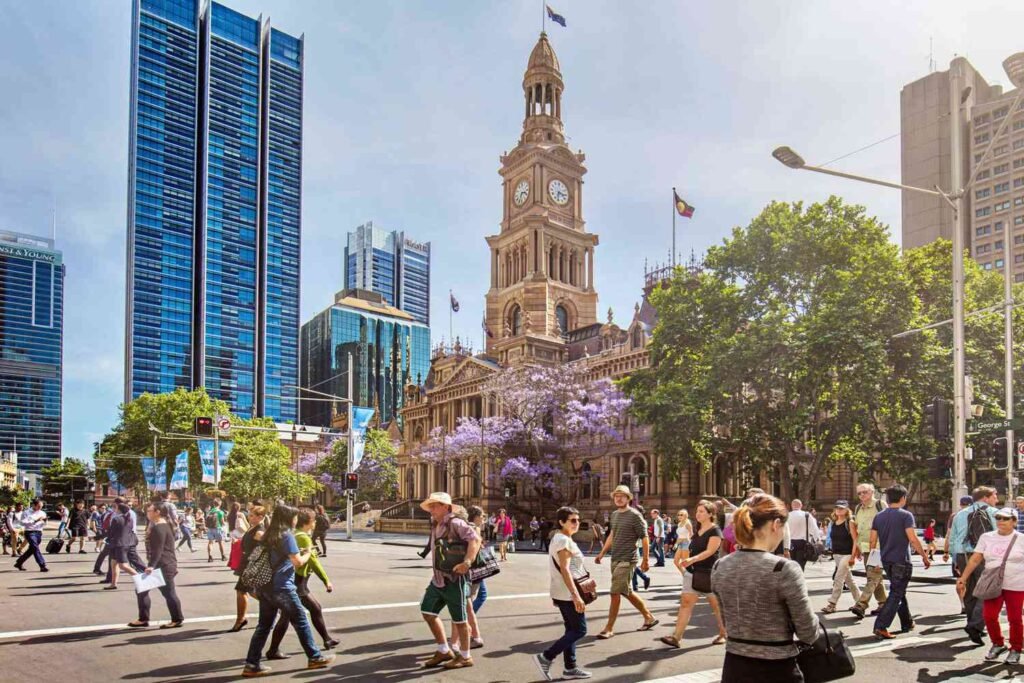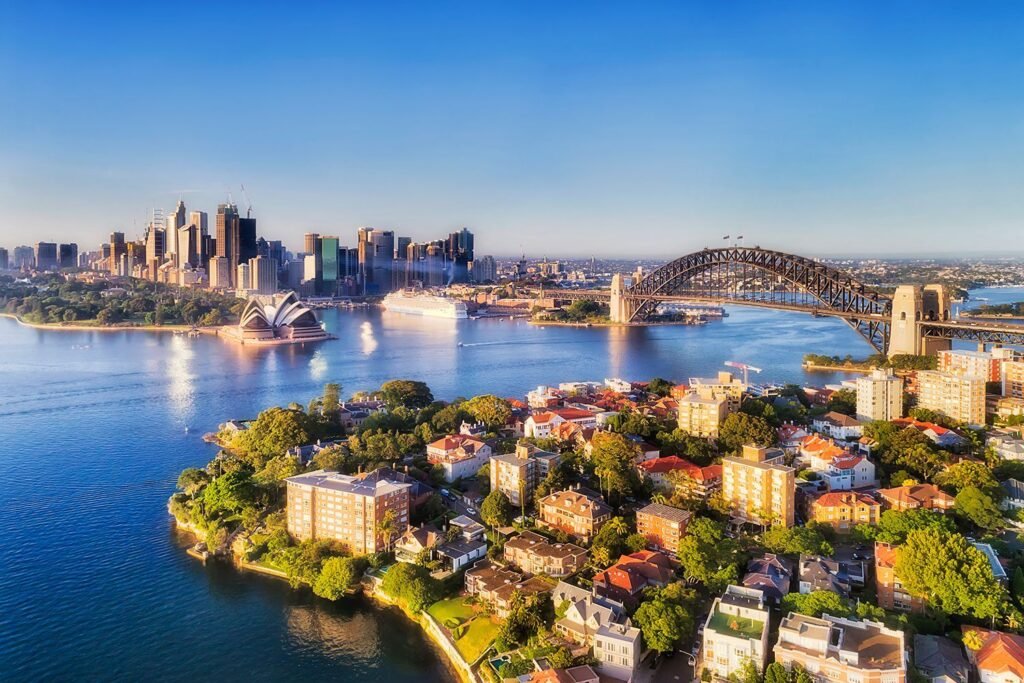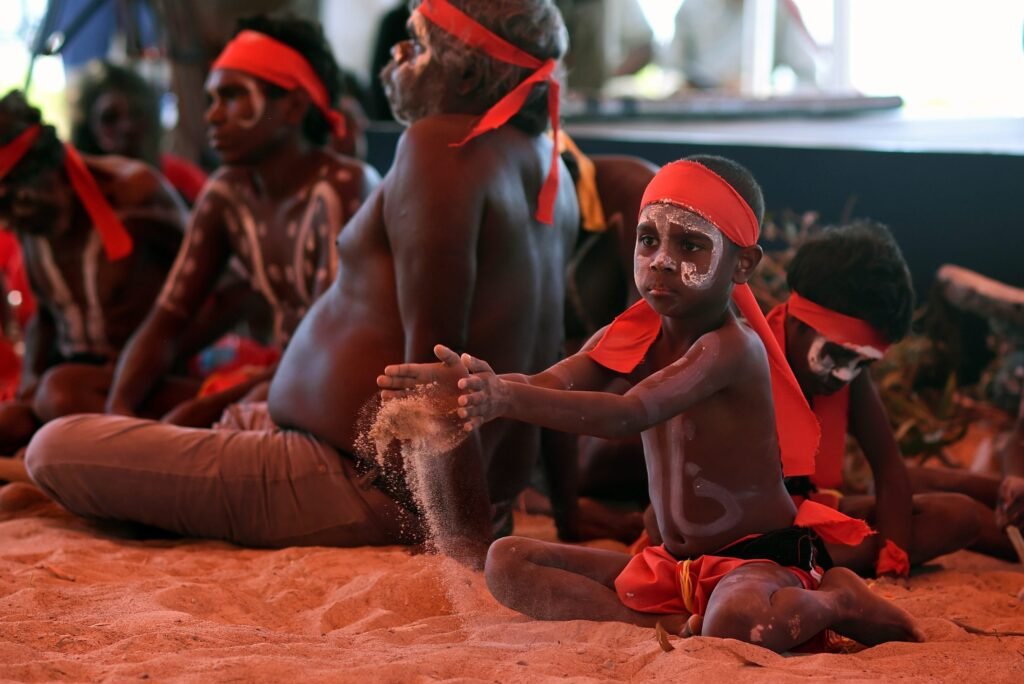Introduction:
Australia, officially known as the Commonwealth of Australia, is a country and continent surrounded by the Indian and Pacific Oceans. It is the world’s sixth-largest country by total area and is renowned for its diverse landscapes, ranging from vast deserts to lush rainforests and stunning coastal regions. The capital city is Canberra, while Sydney is the largest city.
Australia’s geography includes unique ecosystems and biodiversity, with species like kangaroos, koalas, and the Great Barrier Reef, the world’s largest coral reef system. The climate varies from tropical in the north to temperate in the south, making it a haven for diverse flora and fauna.
Economically, Australia is a highly developed country with a strong market economy. It is rich in natural resources, including coal, iron ore, and gold, making it a significant player in the global mining industry. The Australian dollar (AUD) is the official currency, and the economy is also supported by sectors such as agriculture, manufacturing, and services.
Culturally, Australia is a vibrant mix of indigenous cultures and influences from British colonization and subsequent immigration waves. This multiculturalism is reflected in its festivals, cuisine, and arts. English is the official language, and the country is known for its laid-back lifestyle, sports enthusiasm, and strong arts scene.
Australia’s history began with the arrival of Aboriginal Australians over 65,000 years ago. European exploration started in the 17th century, and British colonization began in 1788. The country federated in 1901, becoming the Commonwealth of Australia. Since then, it has developed into a prosperous nation with a stable political system.
Politically, Australia is a federal parliamentary constitutional monarchy. The British monarch is the head of state, represented by the Governor-General, while the Prime Minister is the head of government. Australia has a strong democratic tradition and is a member of international organizations such as the United Nations, Commonwealth of Nations, and ANZUS.
Tourism in Australia is a major industry, attracting millions of visitors annually to its natural wonders, vibrant cities, and cultural landmarks. Popular destinations include the Sydney Opera House, Uluru, the Great Barrier Reef, and the Gold Coast. Australia’s diverse landscapes, friendly locals, and unique wildlife make it a must-visit destination.
110 Facts About Australia (2024)
Basic Information
| Number | Category | Details |
|---|---|---|
| 1. | Current Name | Australia |
| 2. | National Name | Commonwealth of Australia |
| 3. | Former Names | Terra Australis Incognita |
| 4. | Date of Establishment | January 1, 1901 (Federation) |
| 5. | Date of Independence | January 1, 1901 (from the UK) |
| 6. | Leadership | Prime Minister: Anthony Albanese |
| 7. | Government Type | Federal parliamentary constitutional monarchy |
Geography
| Number | Category | Details |
|---|---|---|
| 8. | Capital City | Canberra |
| 9. | Important Cities | Sydney, Melbourne, Brisbane, Perth |
| 10. | Land Area | 7.692 million square kilometers |
| 11. | Total Area | 7.692 million square kilometers |
| 12. | Neighboring Countries (Land) | None |
| 13. | Neighboring Countries (Sea) | Papua New Guinea, Indonesia, New Zealand |
| 14. | UNESCO World Heritage Sites | Great Barrier Reef, Sydney Opera House, Kakadu National Park (20 sites) |
| 15. | UNESCO World Natural Sites | Tasmanian Wilderness, Lord Howe Island Group (7 sites) |
| 16. | Climate | Tropical, arid, temperate |
| 17. | Biodiversity | Unique species like kangaroos, koalas, platypus, and emus |
| 18. | Famous River | Murray River |
| 19. | Famous Mountain | Mount Kosciuszko |
| 20. | Coastline Length | 25,760 kilometers |
| 21. | Major Islands | Tasmania, Kangaroo Island, Fraser Island |
| 22. | Longest River | Murray River |
| 23. | Highest Waterfall | Wallaman Falls |
| 24. | Largest Lake | Lake Eyre |
| 25. | Largest Forest | Daintree Rainforest |
Population
| Number | Category | Details |
|---|---|---|
| 26. | Population (2024) | Approximately 26 million |
| 27. | Population (1950) | 8.3 million |
| 28. | Population (1900) | 3.7 million |
| 29. | Projected Population (2070) | 35 million |
| 30. | Population Density | 3.4 people per square kilometer |
| 31. | Urban Population (%) | 86% |
| 32. | Rural Population (%) | 14% |
Demographics
| Number | Category | Details |
|---|---|---|
| 33. | Ethnicity/Race | Caucasian (76%), Asian (15%), Indigenous (3%), Other (6%) |
| 34. | Languages | English (official), Mandarin, Italian, Arabic, Greek |
| 35. | National Language | English |
| 36. | Religion | Christianity (52%), No religion (30%), Other (18%) |
| 37. | Median Age | 37.8 years |
| 38. | Life Expectancy | 83.2 years |
| 39. | Birth Rate | 12.1 births per 1,000 people |
| 40. | Death Rate | 6.7 deaths per 1,000 people |
Economic Indicators
| Number | Category | Details |
|---|---|---|
| 41. | Monetary Unit | Australian Dollar (AUD) |
| 42. | GDP | $1.7 trillion (2022 est.) |
| 43. | GDP per Capita (PPP) | $55,000 (2022 est.) |
| 44. | Income Level | High income |
| 45. | Consumer Price Inflation | 2.1% (2022 est.) |
| 46. | Current Account Balance | $60 billion surplus (2022 est.) |
| 47. | Exchange Rate (Per $) | 1 USD = 1.4 AUD |
| 48. | Unemployment Rate | 5.1% (2022 est.) |
| 49. | Stocks Inward ($ billion) | 1,700 (2022 est.) |
| 50. | Real GDP Growth (%) | 3.5% (2022 est.) |
| 51. | Labor Force (Million) | 13 million |
| 52. | Major Industries | Mining, manufacturing, agriculture, services |
| 53. | Major Exports | Iron ore, coal, natural gas, gold, education services |
| 54. | Major Imports | Machinery, vehicles, consumer goods, petroleum products |
| 55. | Public Debt (% of GDP) | 41.2% (2022 est.) |
| 56. | Tax Revenue (% of GDP) | 23.7% (2022 est.) |
| 57. | Minimum Wage | 21.38 AUD per hour |
| 58. | Average Household Income | $94,000 per year |
| 59. | Inflation Rate | 2.1% (2022) |
| 60. | Interest Rate | 0.1% (2022) |
| 61. | Major Trade Partners | China, Japan, United States, South Korea, India |
Social Indicators
| Number | Category | Details |
|---|---|---|
| 62. | Literacy Rate | 99% |
| 63. | Fertility Rate | 1.7 children per woman |
| 64. | Infant Mortality Rate | 3.1 per 1,000 live births |
| 65. | Under-5 Mortality Rate | 4.1 per 1,000 live births |
| 66. | National Holidays | Australia Day, Anzac Day, Christmas, Boxing Day |
| 67. | Health Care System | Universal healthcare system (Medicare) |
| 68. | Health Expenditure (% of GDP) | 9.3% (2022 est.) |
| 69. | Obesity Rate | 29% of adults |
| 70. | Drinking Water Source | 100% of the population has access to clean drinking water |
| 71. | Access to Sanitation | 100% of the population has access to improved sanitation facilities |
| 72. | Average Life Satisfaction | 7.4/10 |
| 73. | Major Health Issues | Cardiovascular diseases, cancer, diabetes |
| 74. | Smoking Rate | 11.6% of adults |
Culture and Society
| Number | Category | Details |
|---|---|---|
| 75. | Famous People | Hugh Jackman, Nicole Kidman, Chris Hemsworth, Cate Blanchett |
| 76. | Legal Marriage Age | 18 years |
| 77. | Gender Inequality Index | 0.099 (2021) |
| 78. | National Sport | Cricket |
| 79. | Sport Achievements | Multiple Olympic medals, Cricket World Cup wins |
| 80. | National Animal | Kangaroo |
| 81. | National Fruit | Macadamia nut |
| 82. | Famous Landmarks | Sydney Opera House, Uluru, Great Barrier Reef |
| 83. | National Dish | Vegemite on toast |
| 84. | Major Newspapers | The Australian, Sydney Morning Herald, The Age |
| 85. | Major TV Channels | ABC, SBS, Nine Network |
| 86. | Popular Music Genres | Rock, pop, country, indigenous music |
| 87. | National Theatre | Sydney Theatre Company |
| 88. | National Gallery | National Gallery of Australia |
| 89. | Popular Festivals | Sydney Festival, Melbourne International Comedy Festival |
| 90. | Average Internet Speed | 50 Mbps |
| 91. | Most Popular TV Show | MasterChef Australia |
| 92. | Most Popular Book | The Thorn Birds by Colleen McCullough |
| 93. | Most Popular Sport | Australian Rules Football |
| 94. | Most Visited Museum | Australian War Memorial |
| 95. | Largest Stadium | Melbourne Cricket Ground |
| 96. | National Anthem | Advance Australia Fair |
| 97. | Famous Historical Sites | Port Arthur, Sydney Harbour Bridge, Old Melbourne Gaol |
| 98. | Major Brands | Qantas, Vegemite, Billabong, Woolworths |
| 99. | Famous Foods | Lamingtons, meat pies, pavlova |
| 100. | Famous Drinks | Flat white, Bundaberg rum, Victoria Bitter |
Education
| Number | Category | Details |
|---|---|---|
| 101. | Best Public University | Australian National University |
| 102. | Best Private University | Bond University |
| 103. | Education Rank | 13th globally |
| 104. | School Enrollment Rate | 99% for primary education |
| 105. | Average Class Size | 23 students |
| 106. | Notable Alumni | Julia Gillard, Malcolm Turnbull, Germaine Greer |
| 107. | Public Spending on Education | 5.3% of GDP |
| 108. | Number of Universities | Over 40 |
| 109. | Popular Study Abroad Destinations | United Kingdom, United States, New Zealand |
| 110. | Literacy Programs | Extensive adult literacy programs available |
History
Australia’s history begins with the Indigenous Australians, who have lived on the continent for over 65,000 years. European exploration started in the 17th century, with the British establishing a penal colony in New South Wales in 1788. The discovery of gold in the 1850s brought a wave of immigrants and economic growth.
Australia federated on January 1, 1901, forming the Commonwealth of Australia. The early 20th century saw Australia participating in both World Wars, with significant contributions to the Allied efforts. Post-war immigration policies led to a multicultural society, and the 1967 referendum recognized Aboriginal Australians in the census.
The Flag of Australia
The national flag of Australia features a blue field with the Union Jack in the upper hoist quarter, a large white seven-pointed star (Commonwealth Star) below the Union Jack, and five white stars (representing the Southern Cross constellation) on the fly half.
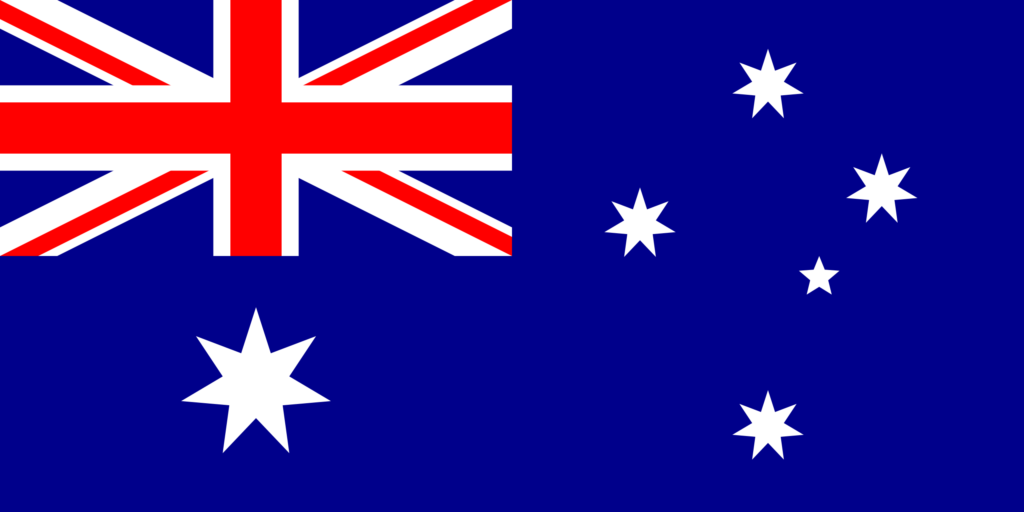
- Union Jack: Represents Australia’s history as a British colony.
- Commonwealth Star: Symbolizes the federation of the states and territories of Australia.
- Southern Cross: Represents Australia’s geographic location in the Southern Hemisphere.
The flag symbolizes Australia’s historical ties to Britain, its federal structure, and its position in the Southern Hemisphere.
